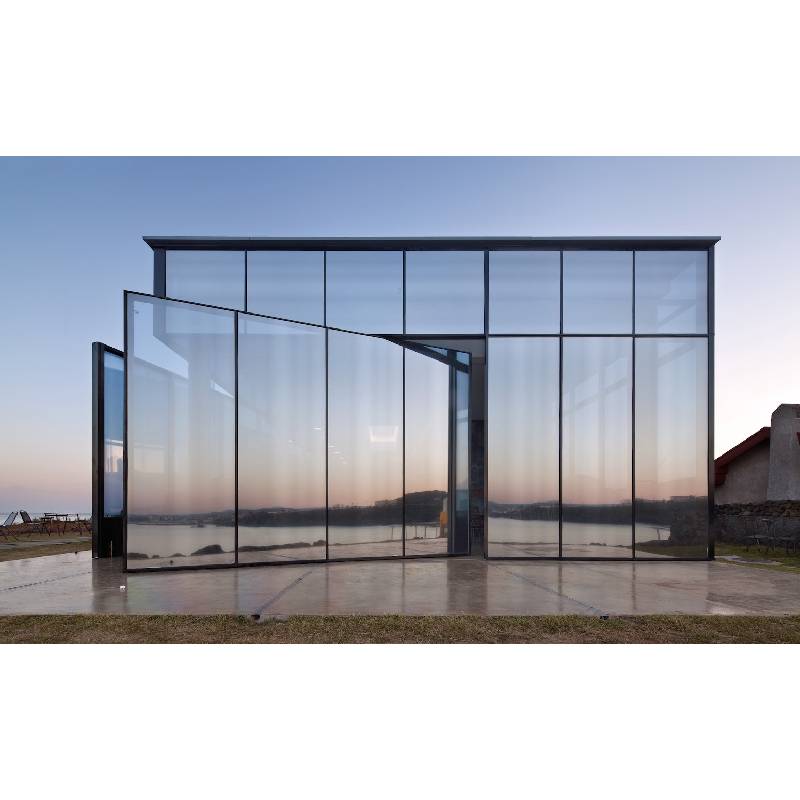

The Versatility and Safety of Tempered Glass
Tempered glass, also known as toughened glass, has revolutionized various industries with its strength, safety, and aesthetic appeal. Used in everything from architecture to automotive applications, this specialized type of glass undergoes a rigorous manufacturing process that enhances its physical properties. In this article, we will explore the benefits, applications, and safety features of tempered glass, demonstrating why it has become a preferred choice in many contexts.
Manufacturing Process
The process of creating tempered glass begins with standard glass, which is cut and shaped to the desired specifications. The key step in turning ordinary glass into tempered glass is the heat treatment. The glass is heated to temperatures between 600 to 700 degrees Celsius (about 1,112 to 1,292 degrees Fahrenheit) and then rapidly cooled. This rapid thermal cycling is what imparts the unique properties to the glass. The outer surfaces become compressed while the inner layers remain under tension, resulting in enhanced strength.
Strength and Durability
One of the most remarkable features of tempered glass is its strength. It is five to six times stronger than regular glass of the same thickness. This makes it an ideal choice for applications where safety is paramount, such as in shower doors, glass doors, facades, and even furniture. In instances where it is subjected to impact or sudden changes in temperature, tempered glass is less likely to shatter; instead, it fractures into small, blunt pieces that significantly reduce the risk of injury. This is a crucial safety feature, particularly in high-traffic environments, as it minimizes the danger of sharp shards.
Applications
Tempered glass finds utility across a wide range of sectors. In architecture and construction, it is often used for large glass facades, skylights, and windows. Its ability to withstand thermal stress and its impressive clarity make it a favorite among architects seeking to create modern, sleek designs while ensuring the building’s integrity.

In the automotive industry, tempered glass is used for side and rear windows, providing passengers with protection and security. The strength of tempered glass enhances its ability to withstand impact, making it a safer choice in vehicle manufacturing.
Additionally, tempered glass is widely used in household items, such as kitchen countertops and tabletop surfaces. In these applications, users benefit from both the scratch resistance and the sleek appearance that tempered glass provides.
Safety Regulations and Standards
The use of tempered glass is governed by various safety regulations and standards that ensure its performance meets the required safety criteria. In many countries, there are specific codes that dictate the use of tempered glass in buildings. For instance, the American National Standards Institute (ANSI) provides guidelines that must be followed to ensure the glass can withstand specific loads and impacts. Such regulations instill confidence in consumers regarding the safety and reliability of tempered glass products.
Environmental Considerations
Tempered glass is an environmentally friendly option as it can be recycled. When it reaches the end of its lifecycle, tempered glass can be shattered and repurposed into new glass products. This recycling process conserves resources and reduces waste, aligning with the growing demand for sustainable materials in construction and manufacturing.
Conclusion
Tempered glass is more than just a material; it represents a blend of safety, strength, and beauty that meets the demands of modern life. As technology advances and the need for sustainable building materials grows, tempered glass will continue to play a vital role in both residential and commercial applications. With its unique properties, tempered glass not only enhances the aesthetic appeal of structures but also ensures safety and durability for users. As industries evolve, the importance of tempered glass will only increase, making it a vital component of contemporary design and engineering. Whether in the form of a sleek glass façade, a protective car window, or an elegant kitchen countertop, tempered glass stands as a testament to innovation in material science.